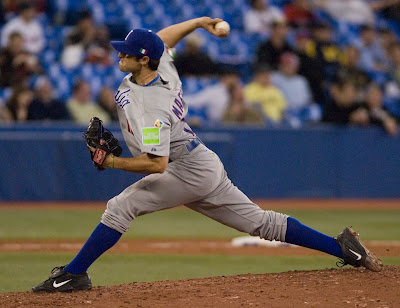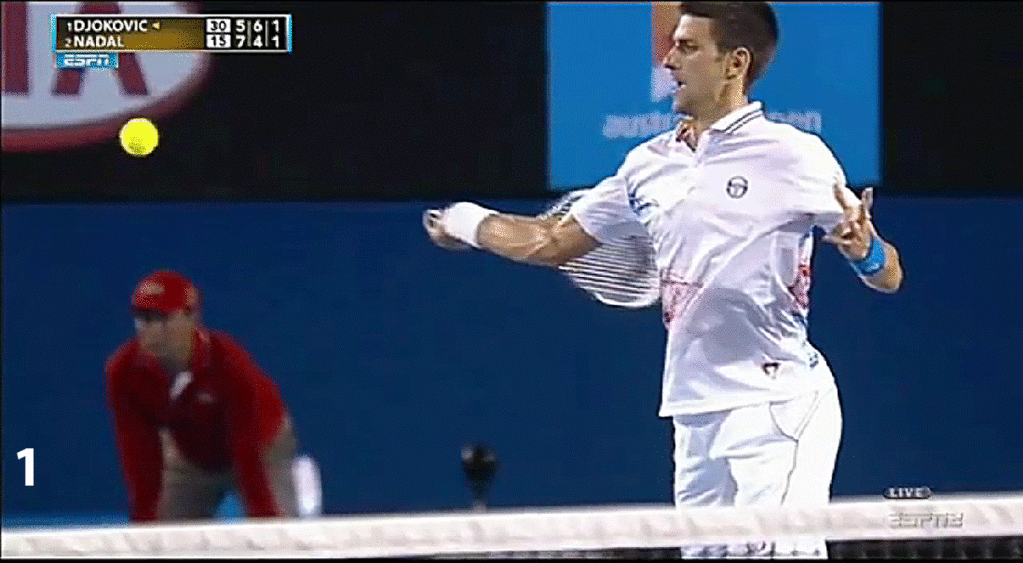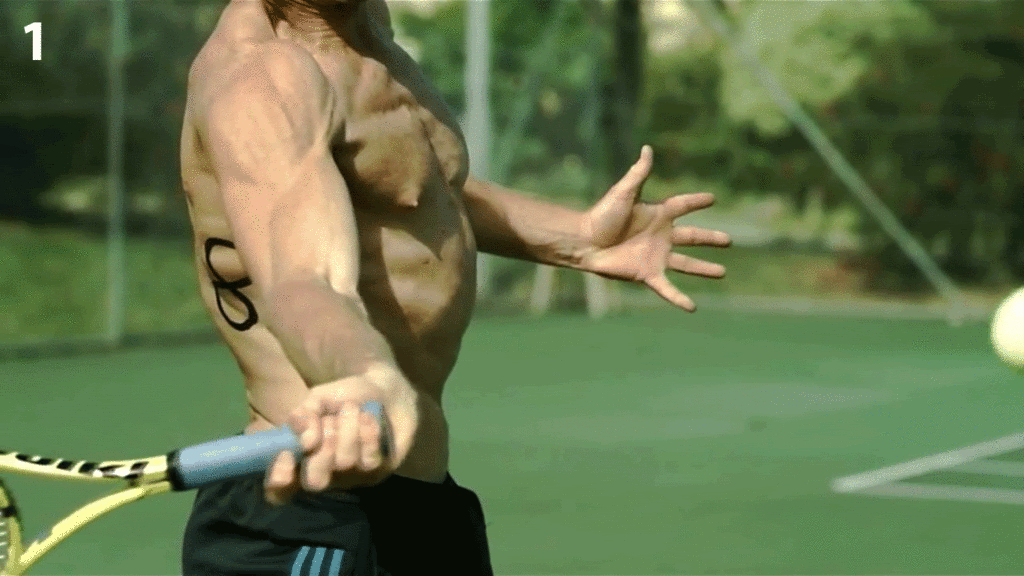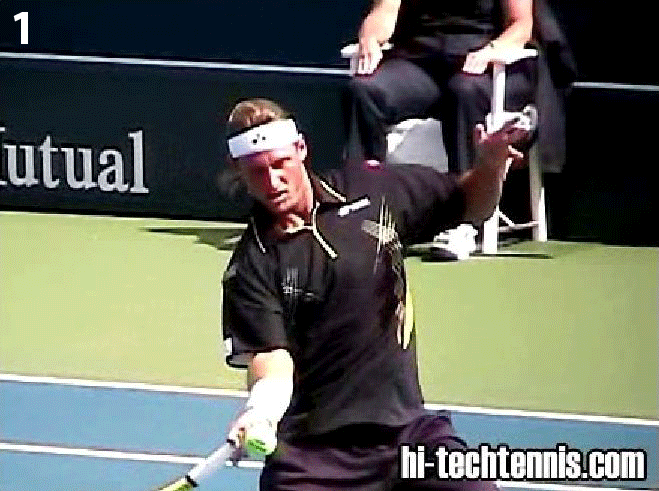Generally coaches Mauro and Kyril are quite good but I have to tell you that I don't like this video. At all. The reason is that it relates to my own experience of learning tennis as an adult.
I started out just over 4 years ago, and spent a lot of time looking at instruction videos on YT. I don't recall seeing this one but I did look at a few that said basically the same thing. So I got it into my head that an *active* WW motion (actively pronating the forearm and bending the elbow) was somehow the golden key to topspin. Bad idea. After about a year of playing I developed some pain in my upper forearm, which I foolishly ignored, and in due course it developed into a full blown muscle tear in my elbow extensors. Not only did I have to take 6 months off tennis, also for a while I couldn't drive a car or lift anything heavier than a cup of coffee with my dominant arm. I'm lucky to have escaped the need for surgery.
After I finally came back to tennis I made some major changes to my technique as well as my equipment and as a result I have not suffered any injury since.
The reason I tell this story is as an illustration of the dangers of following internet / YT instruction without the benefit of feedback from a real live coach. The *only* thing you need to do to make top spin is make sure that you drop the racquet head a bit before contact, keep the racquet face vertical or ever so slightly closed, swing through and up, and then relax on your follow through. That's it. Some people spend way too much time analysing the micro details of strokes, and forget the difference between active movements (shoulder turn, push off the ground, swing low to high etc) and passive movements (eg a relaxed wrist will automatically lay back a bit and drop the racquet head, a relaxed arm will automatically make a WW motion on the follow through if the stance is neutral or open and the racquet head dropped enough prior to contact).
If you try and force what are in fact supposed to be passive movements then in some cases this can lead to a lot of problems. Not only tight, choppy strokes, but also injuries.
[/RANT]








